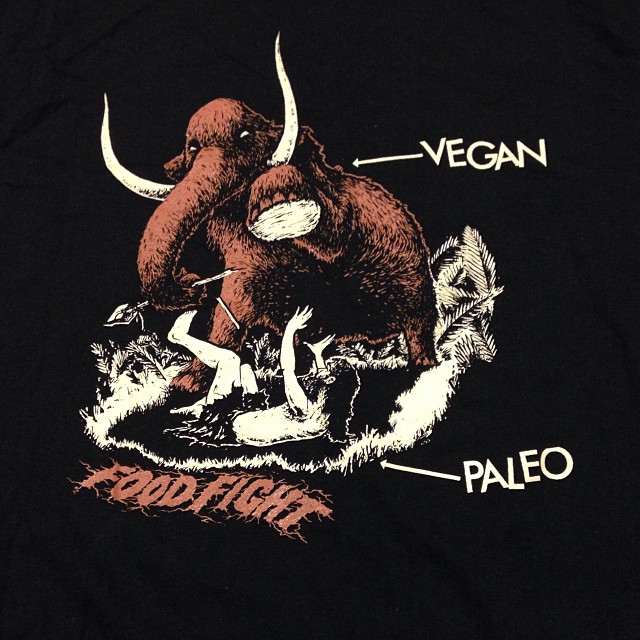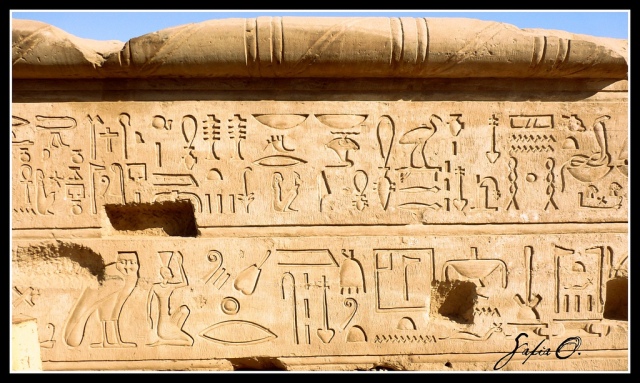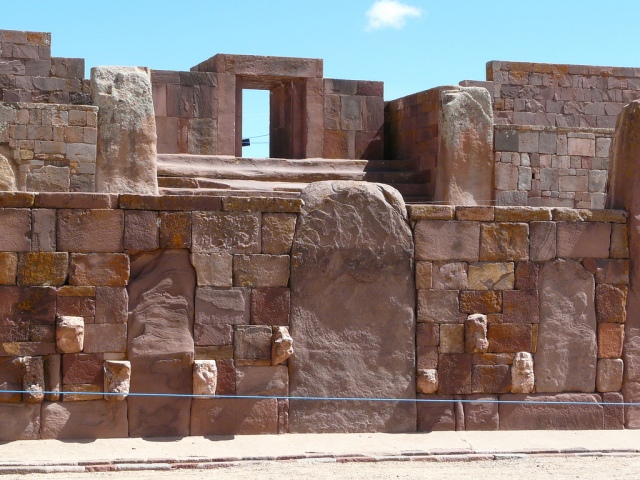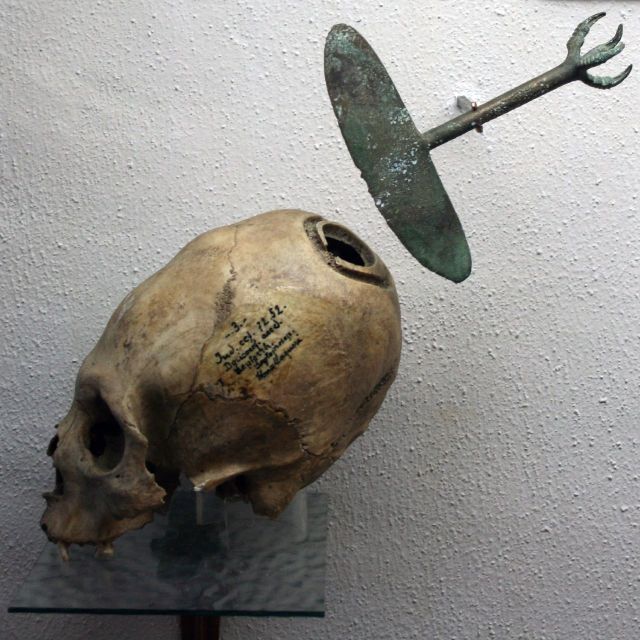Eating healthy food is not as clear cut as you might think. When it comes to diet, what is ‘healthy’ and ‘unhealthy’ is highly dependent on the individual. The role of cultural adaptation can strongly influence genotype amongst individual groups of people on a micro-evolutionary scale. We need to consider how these changes affect the way individuals respond to certain kinds of food and the types of variation in responses amongst distinct populations.
The Weizmann Institute in Israel’s Personalised Nutrition Project investigated the variation in responses to a range of different food types from individual to individual. Each participant’s microbiome (the balance of micro-organisms or bacteria that live on and in your body) was analysed using stool samples to see what types of bacteria were present. The profiles and blood glucose responses of those studied varied wildly.
The preliminary results from the study involving 800 people revealed the there was incredibly high variability in how different people responded to the same foods. The study measured an individual’s blood glucose responses to both ‘healthy’ and ‘unhealthy’ foods. Surprisingly, while some people responded with spikes in blood glucose to supposedly high glycemic index foods, others did not produce any such spikes. The researchers then used an algorithm to produce tailored diets for individuals. Some conventionally unhealthy foods were fine for certain people to eat, and typically healthy foods were considered unsuitable for others.
The study did not take the participants’ ancestry into account. However, microbiome research is very much an emerging field within the spheres of archaeology and anthropology and has given some promising results with regards to variation between individual cultural groups. The University of Oklahoma’s Laboratories of Molecular Anthropology and Microbiome Research has produced some intriguing research working with ancient coprolite (excrement) samples and modern-hunter gatherer DNA.
Their research has revealed that the hunter-gatherer populations, whilst geographically isolated from each other, were much more similar in microbiome content than more agriculturalist populations adjacent to them. The microbe ‘Treponema sp.‘ which is associated with the digestion of fibrous plant materials is present in populations living a traditional lifestyle but absent in all of those living in industrialised societies. The microbe is also present in modern-day ape guts and in ancient coprolite samples. The lifestyle of modern humans has had a great impact on the way our microbiome is structured.
This invariably presents some massive implications for human health and disease. Autoimmune diseases such as multiple sclerosis, diabetes, and eczema are greatly influenced by our individual microbiomes. An understanding of what is beneficial and what is harmful to us through molecular anthropology and microbiota profiling would potentially solve some of the world’s biggest health problems. Running individual profiling as per the Weizmann Institute is likely to be too expensive for many people.
Therefore, the archaeological research discussed above is paramount in being able to provide widened accessed to understanding what might or might not be good for individual ethnic groups. This research could idealistically be used for production of guidelines for good and bad food groups for individual ethnic groups. The information could be distributed in a public health setting and stimulate a paradigm shift in the arena of the conventional recommended diet model.
References
Obregon-Tito, A., Tito, R., Metcalf, J., Sankaranarayanan, K., Clemente, J., Ursell, L., Zech Xu, Z., Van Treuren, W., Knight, R., Gaffney, P., Spicer, P., Lawson, P., Marin-Reyes, L., Trujillo-Villarroel, O., Foster, M., Guija-Poma, E., Troncoso-Corzo, L., Warinner, C., Ozga, A. and Lewis, C. (2015). Subsistence strategies in traditional societies distinguish gut microbiomes. Nature Communications, 6, p.6505.










